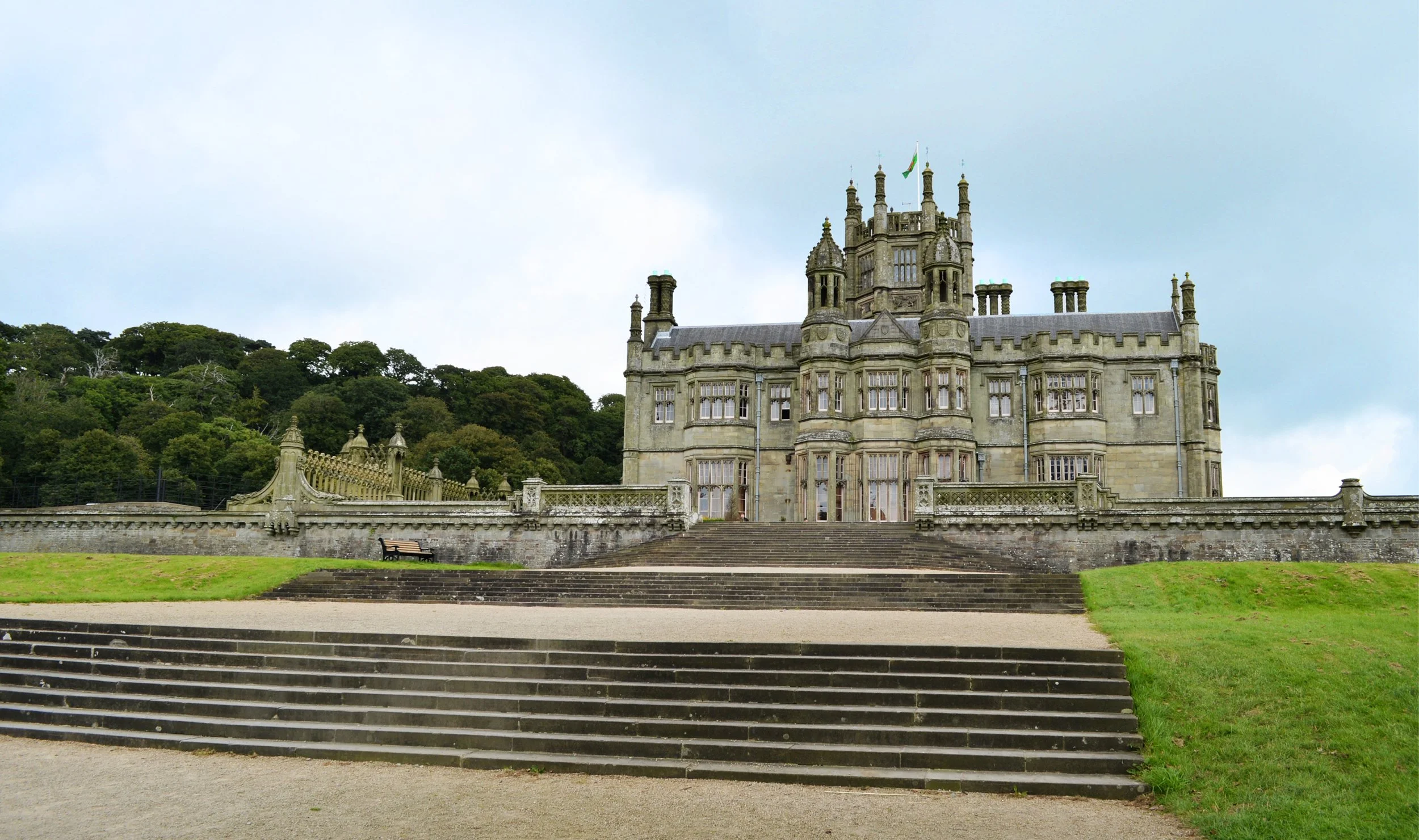
Margam Country
Park & Castle
Undertaking of major conservation and refurbishment works across key historic features within the estate


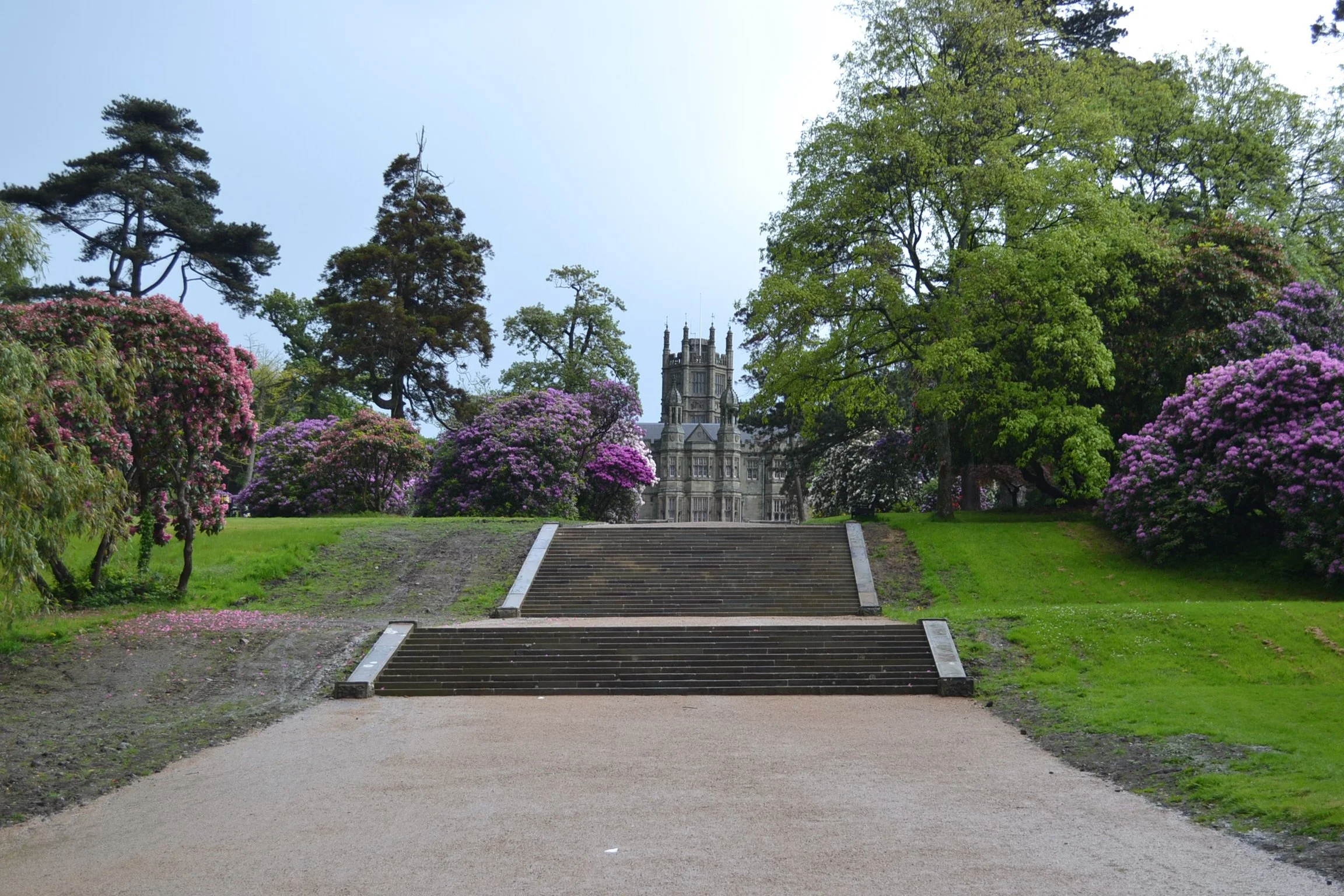
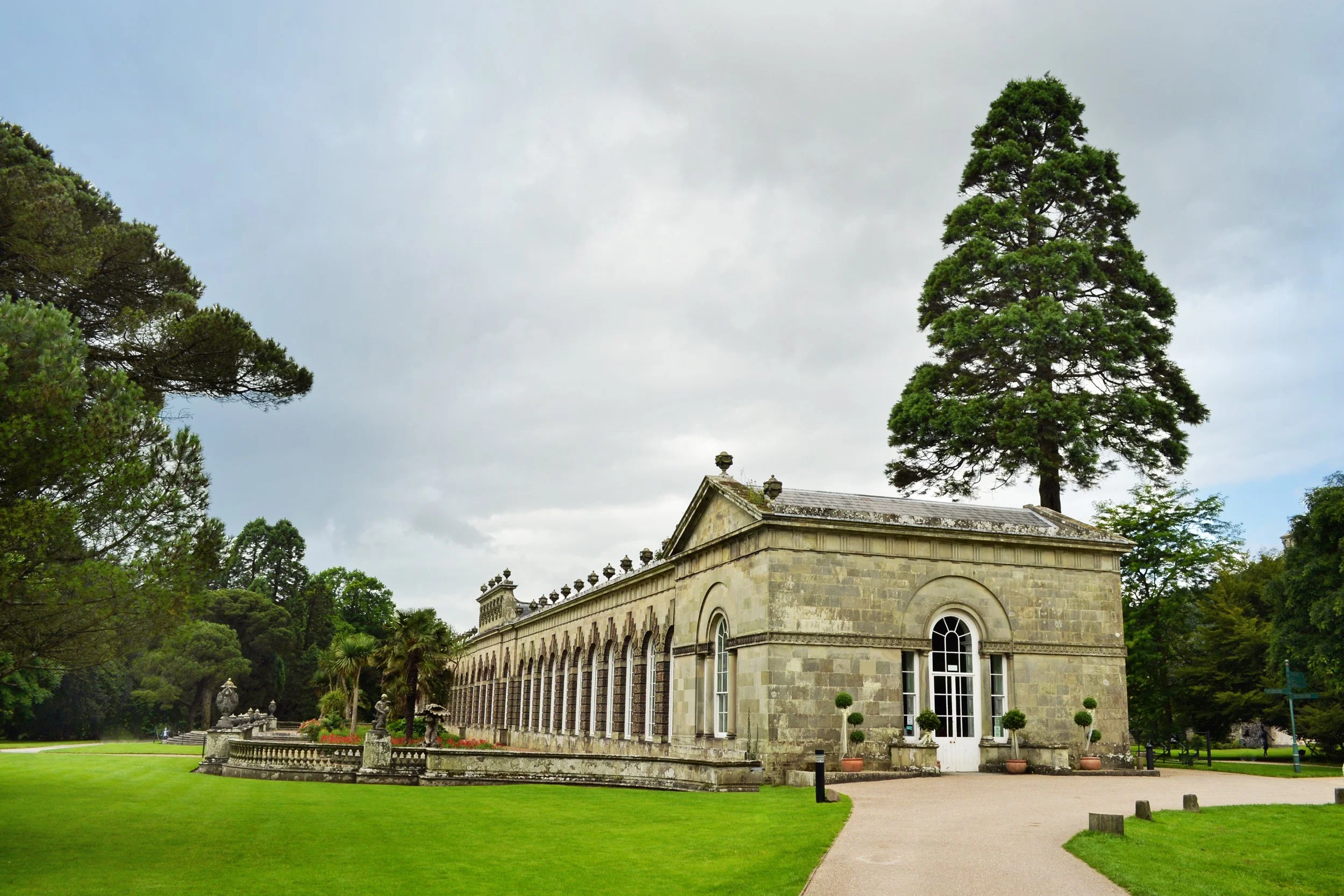
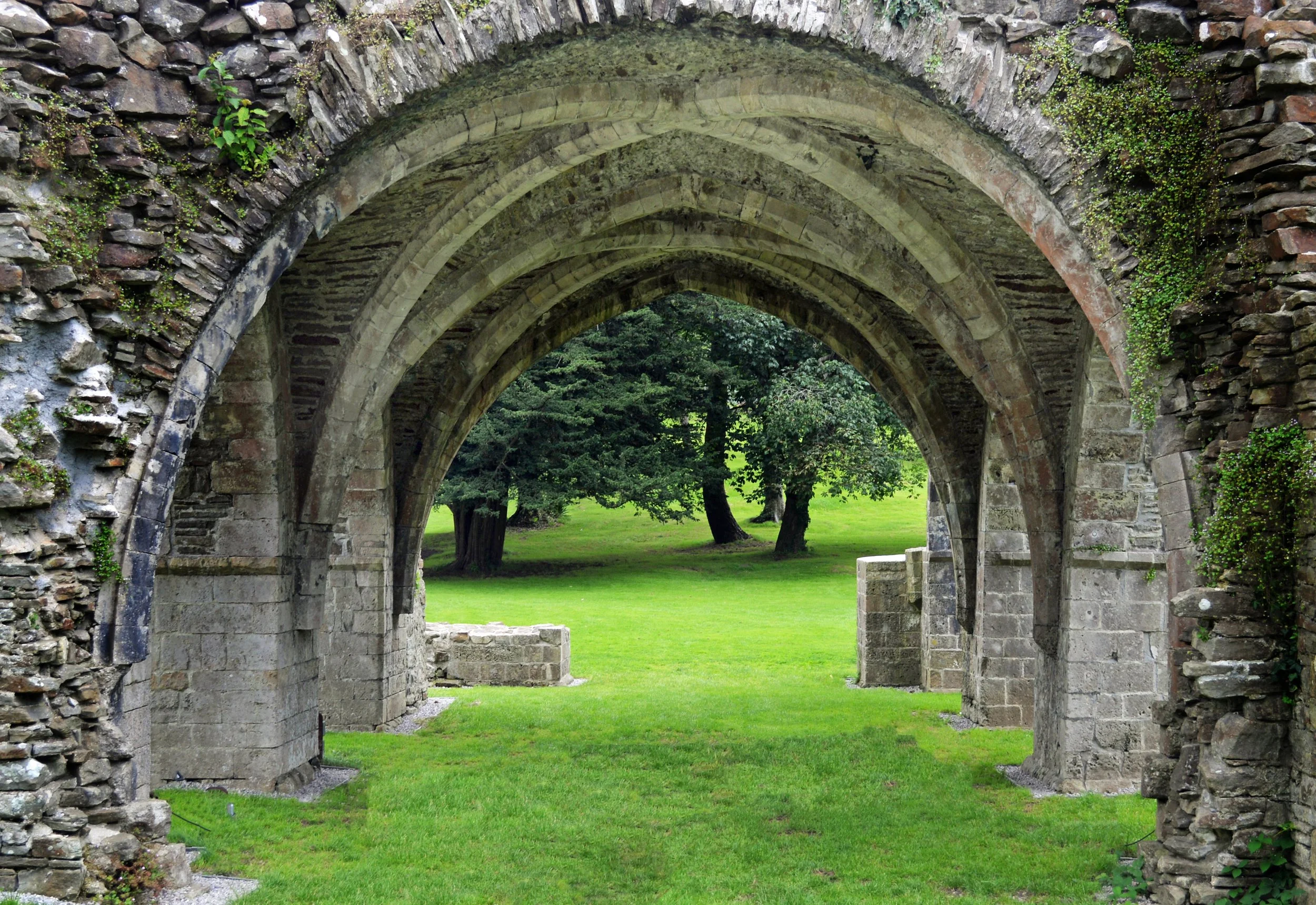
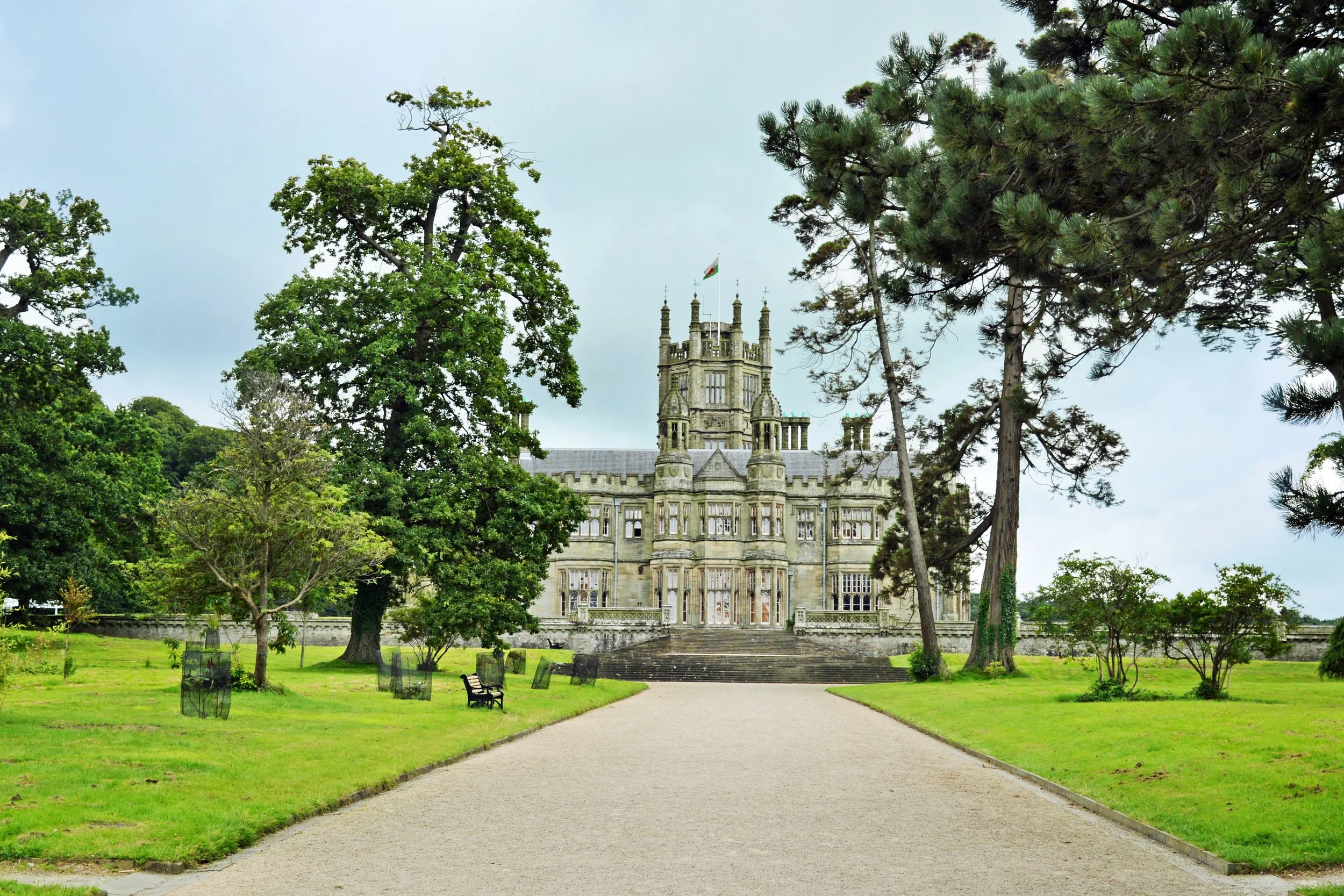

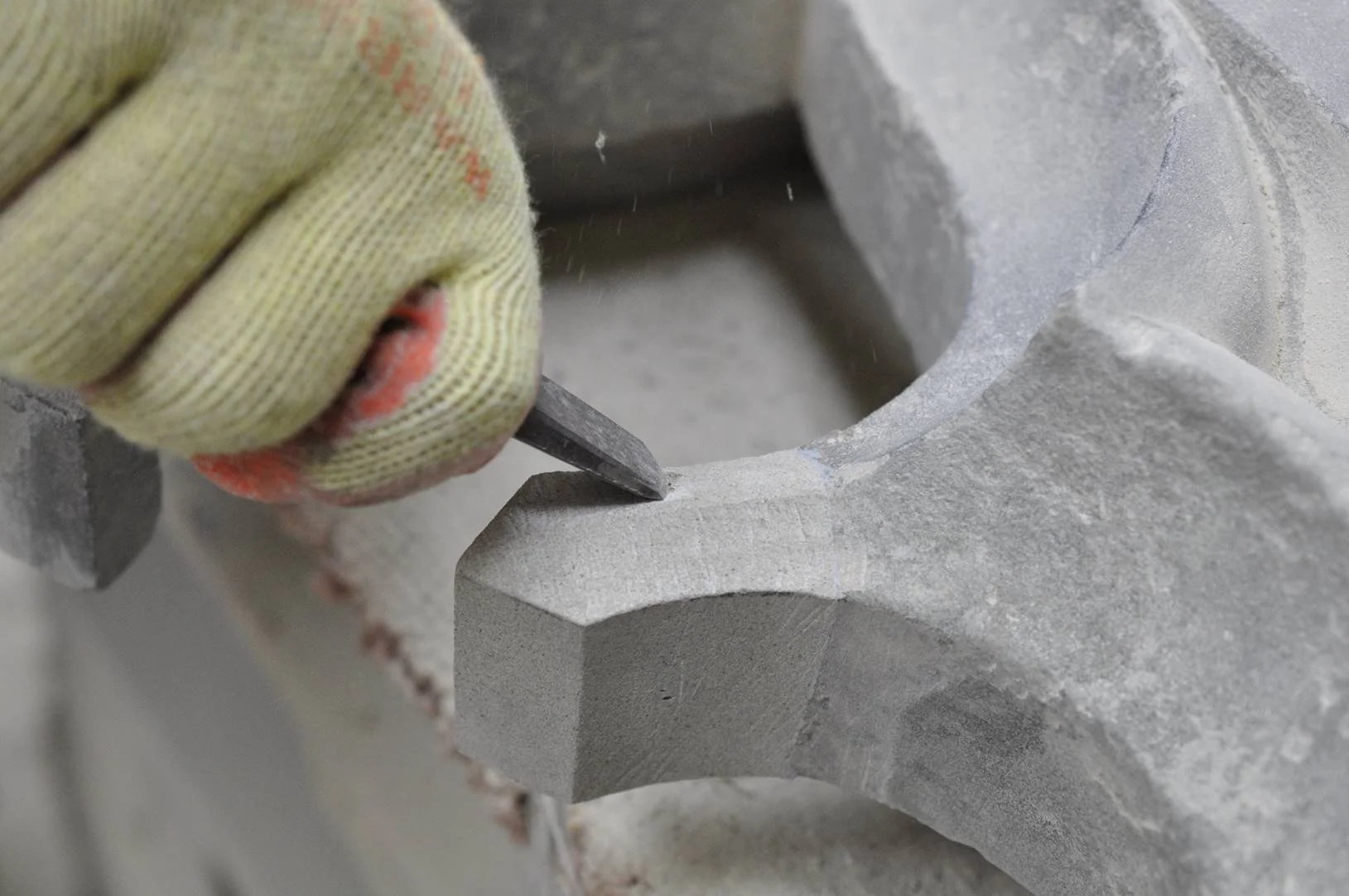

Margam Country Park is a multi-layered heritage landscape of outstanding historical and cultural importance. It is recognised as a Grade I-listed site on CADW’s Register of Landscapes, Parks and Gardens of Special Historic Interest in Wales.
Andrew Scott Ltd was appointed to undertake major conservation and refurbishment works across key historic features within the estate. Working collaboratively with CADW, Neath Port Talbot Council, and a team of specialist designers, the company delivered a sensitive and complex restoration programme across the park. Crucially, Andrew Scott Ltd directly employed highly skilled heritage craftspeople, whose specialist expertise was instrumental in delivering the highest standards of restoration in line with conservation best practices.
The scope of works included:
Castle Terrace Garden and Walls (Grade II*) – Restoration of the ornate Gothic terrace walls and sweeping stone steps aligned to the castle axis.
Broadwalk and Steps (Grade II) – Conservation and reinstatement of the historic stone steps leading through the formal garden terraces.
Bamboo Garden, Rills and Ponds – Refurbishment of the ornamental garden layout, including delicate water features and planting structures.
South Ha-Ha – Landscape restoration of this transitional garden feature blending formal grounds with surrounding parkland.
Orangery Terrace (Grade II) – Repair of terrace walls, flower beds, and formal pools laid out in an orthogonal arrangement adjacent to the Georgian Orangery.
Temple of Four Seasons (Grade I) – Restoration of this unique banqueting house, preserving its architectural integrity and visual prominence.
Chapter House (Grade I) – Structural conservation and sensitive enhancement of this ecclesiastical building, set within the wider garden context.
Ivy Cottage (Grade I) – Comprehensive conservation repairs to the roof, masonry, and internal fabric, sympathetically converted into a distinctive three-bedroom luxury holiday let.
All works were delivered while the park remained fully open to the public, ensuring minimal disruption to visitors. The project was supported by funding from the Heritage Lottery Fund, European Regional Development Fund, and Neath Port Talbot Council, and represents a significant investment in the long-term preservation and sustainable reuse of one of Wales’ most important historic estates.
